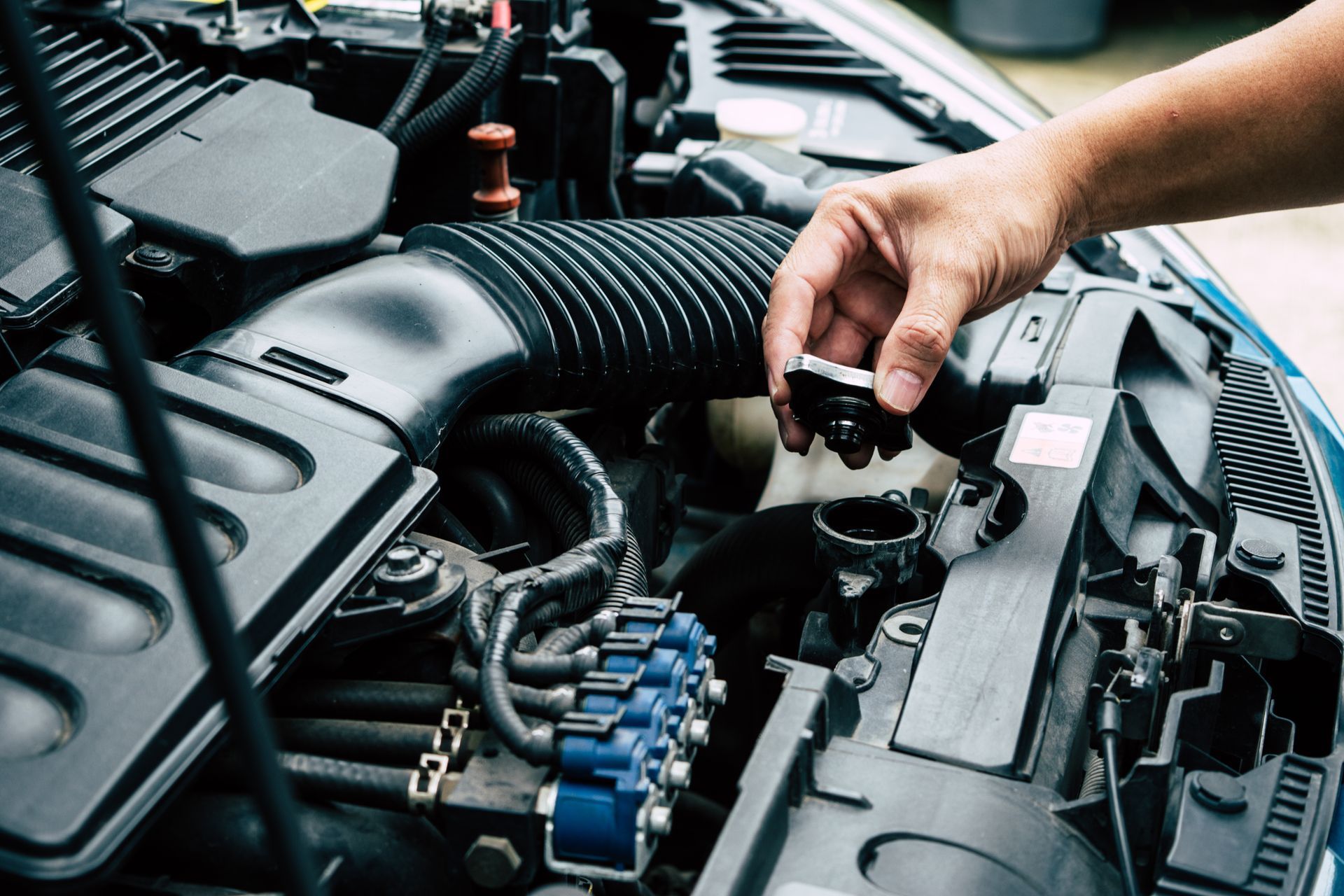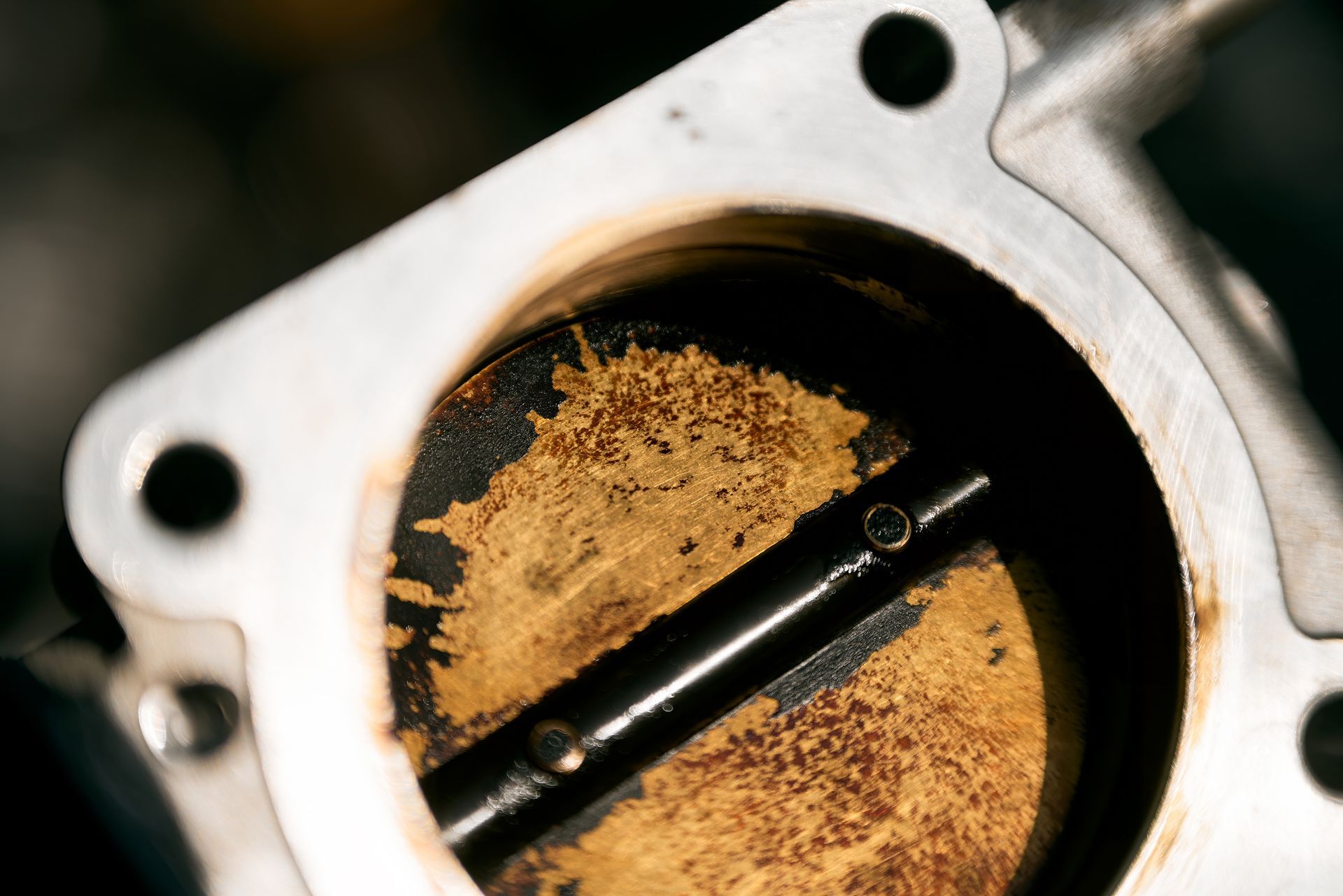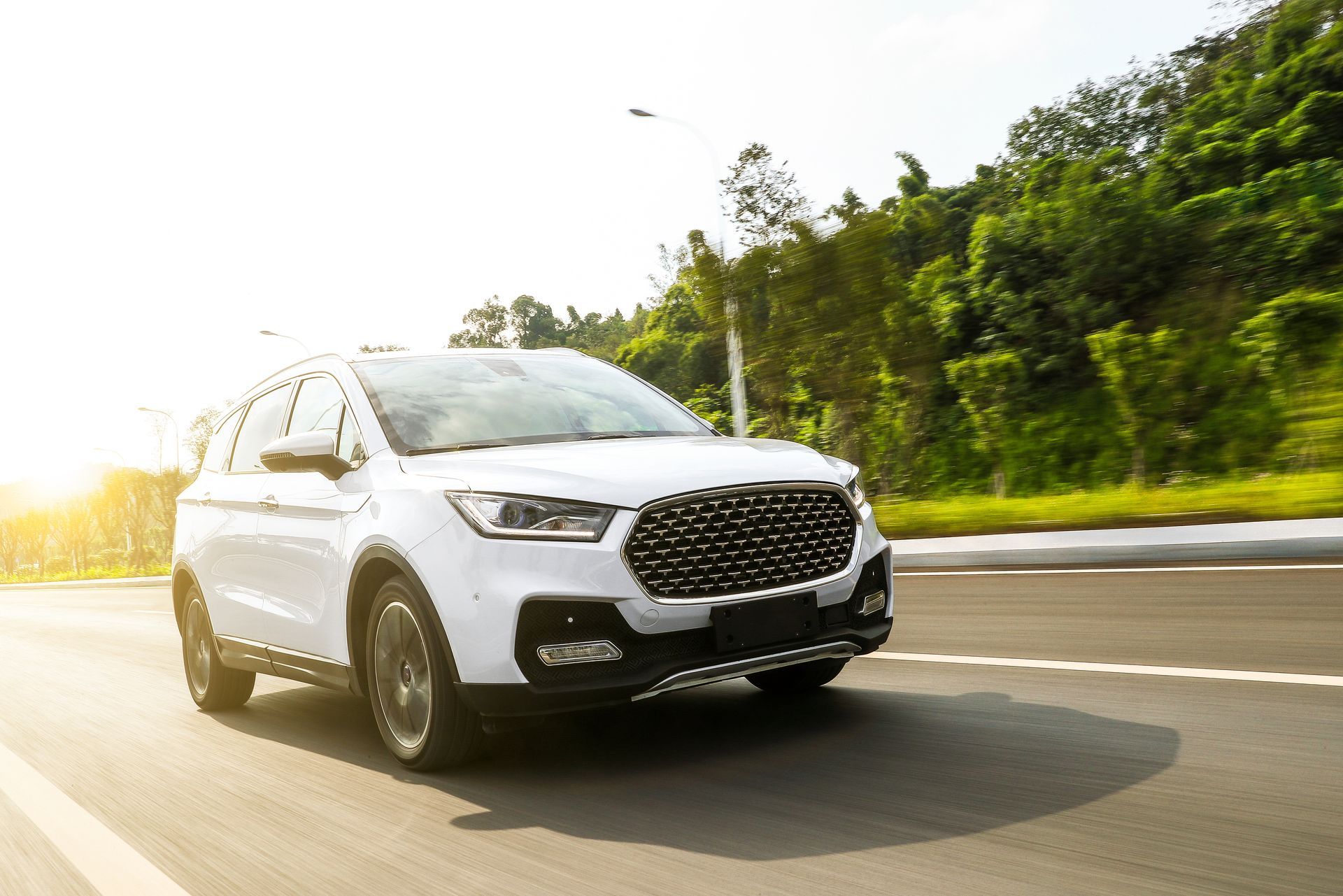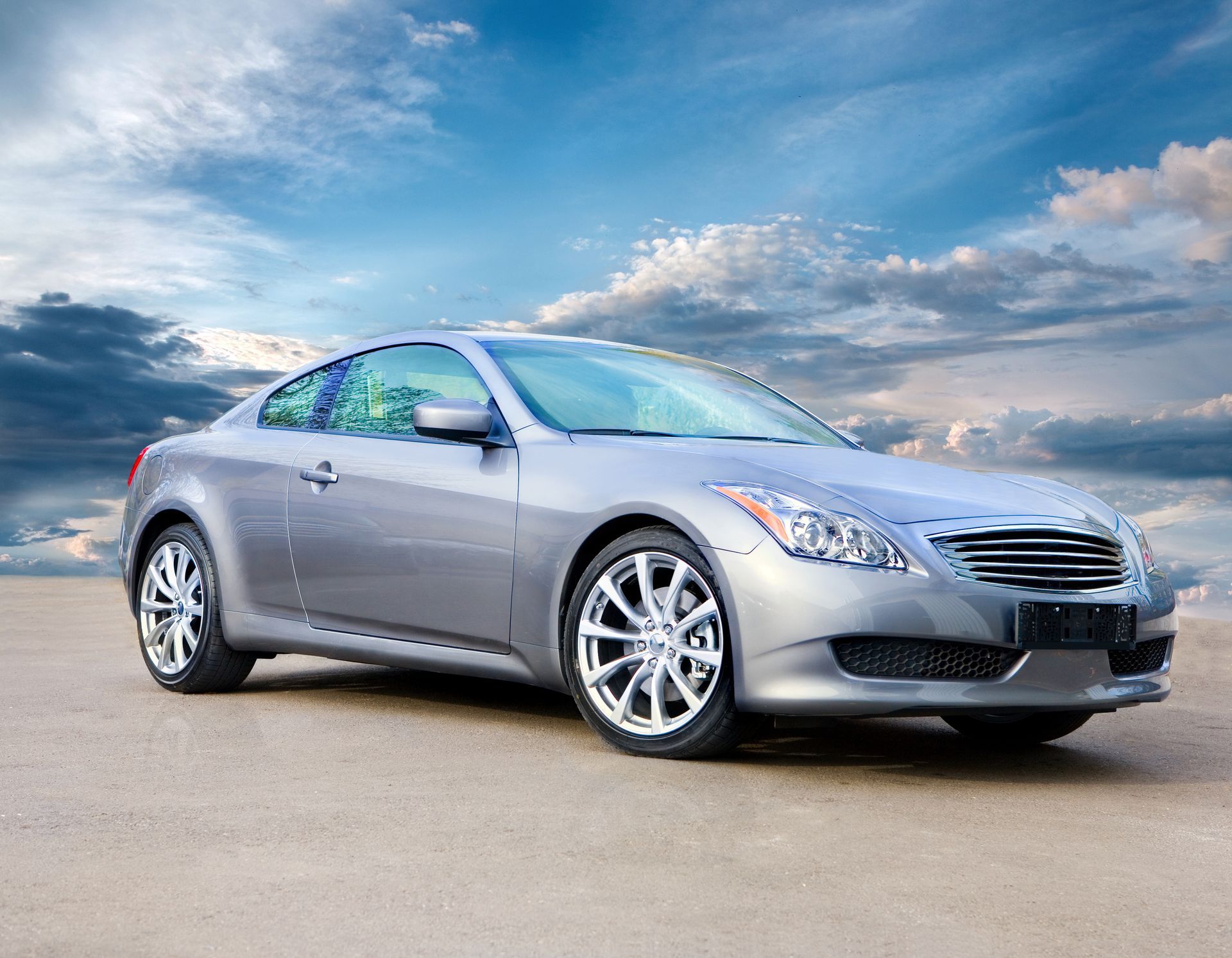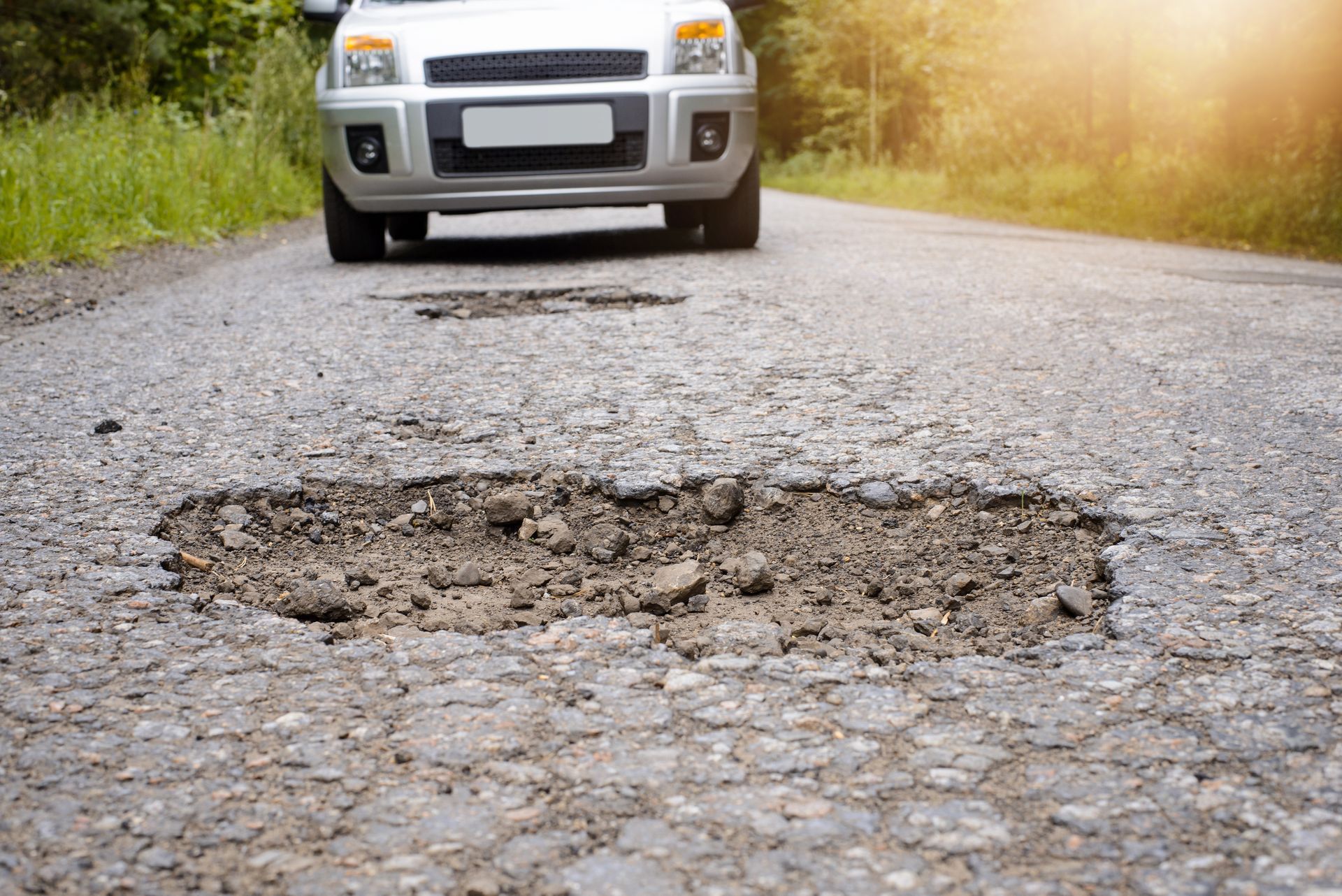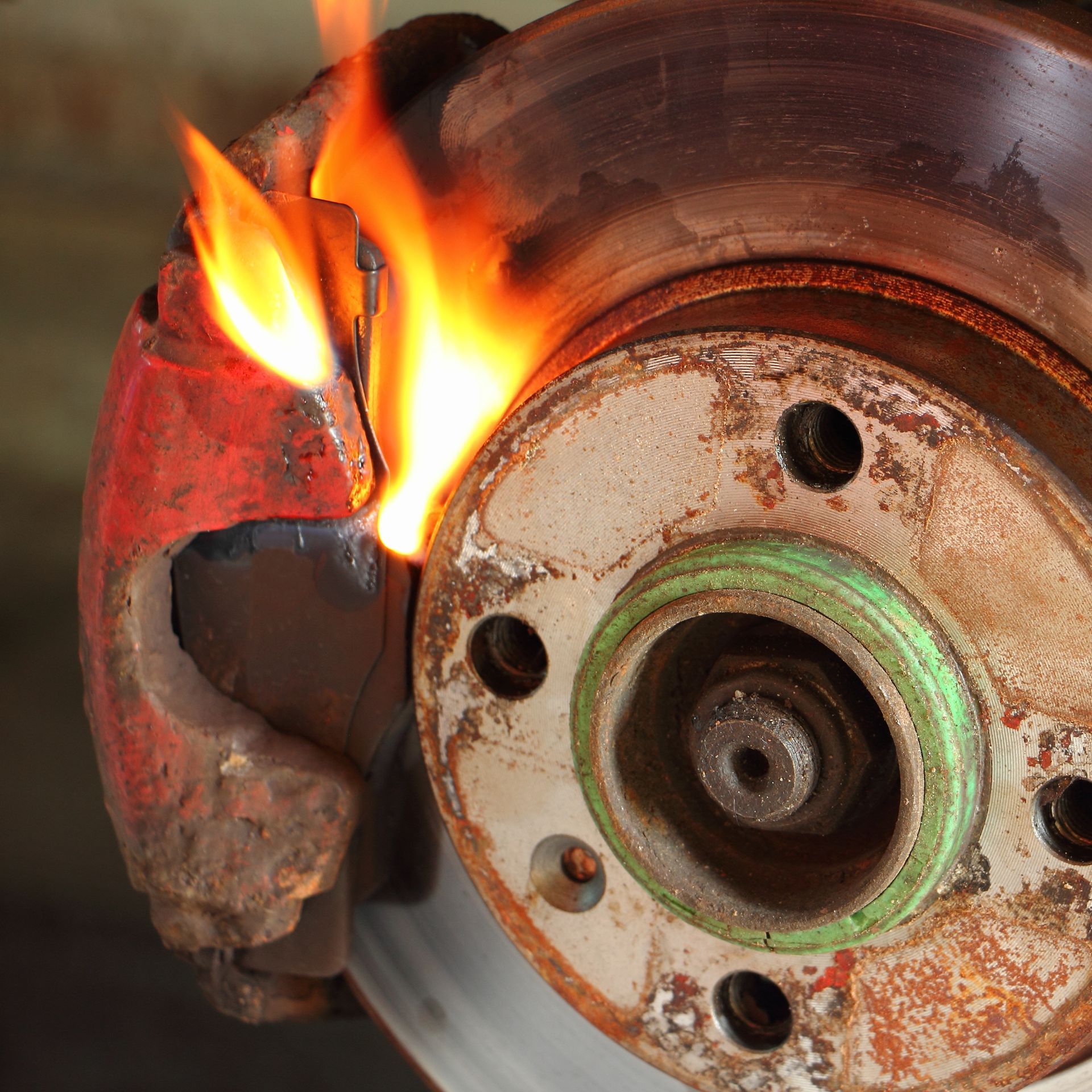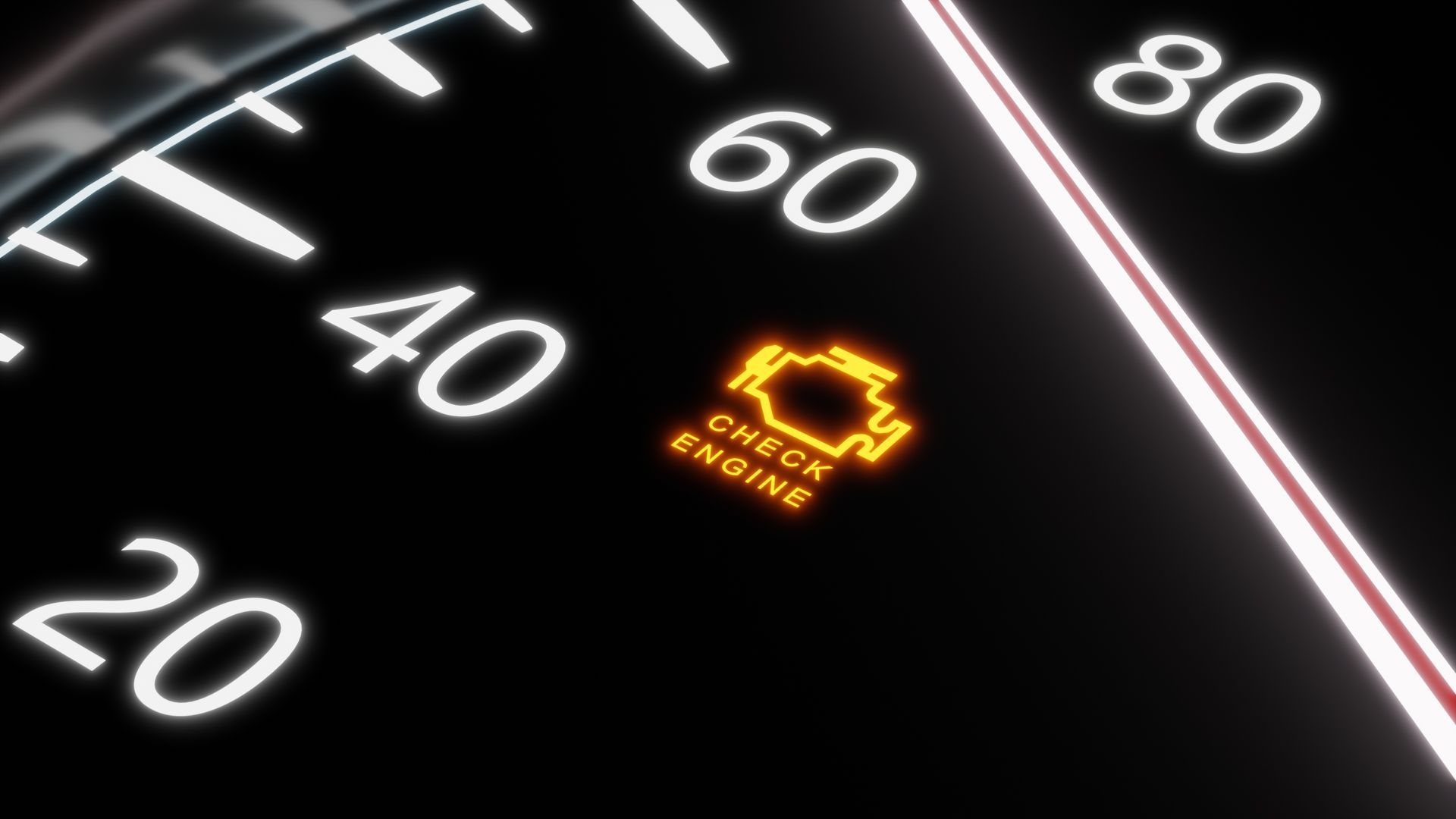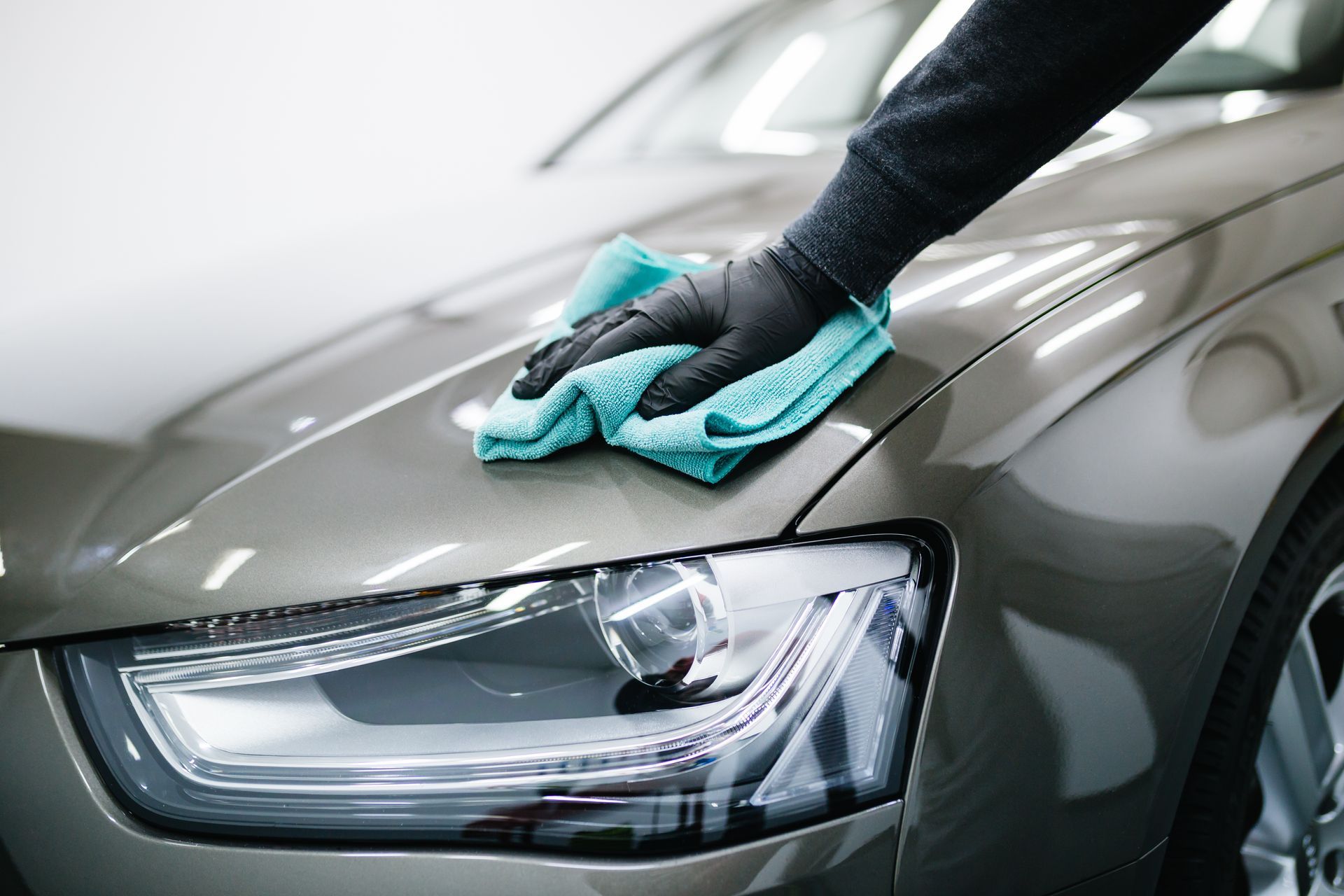Owning a 4x4 vehicle opens up a world of adventure and off-road exploration. However, these rugged machines require diligent maintenance to perform optimally and avoid potential breakdowns. Regular checks and maintenance of key components are fundamental to keeping your 4x4 reliable and safe, whether you’re navigating city streets or tackling rough terrains. These are the critical parts of your 4x4 that need regular attention.
1. Engine Oil and Filter
The engine oil is essential for lubricating the engine’s moving parts, reducing friction, and preventing wear. The oil filter captures contaminants and debris, ensuring clean oil circulates through the engine.
Regular Checks and Maintenance
Check your engine oil level every month and before long trips. Ensure the oil level is within the recommended range and that the oil appears clean. Change the engine oil and filter every 5,000 to 7,000 miles or as specified in your owner’s manual. Regular oil changes help maintain engine performance and longevity.
2. Transmission Fluid
Transmission fluid lubricates and cools the transmission components, ensuring smooth gear shifts and preventing overheating.
Checking Transmission Fluid
Inspect the transmission fluid level and condition regularly. Low or dirty transmission fluid can lead to shifting issues and transmission damage. If the fluid appears dark or has a burnt smell, it’s time to change it. Follow the maintenance schedule in your owner’s manual for fluid changes, typically every 30,000 to 60,000 miles.
3. Differential and Transfer Case Fluids
The differential and transfer case fluids lubricate the gears and bearings, which are distributing power to the wheels, especially in off-road conditions.
Regular Maintenance Tips
Check these fluids regularly and look for signs of contamination or low levels. Replace the fluids according to your vehicle’s maintenance schedule, often around every 30,000 miles. Properly maintained differential and transfer case fluids ensure smooth and reliable power distribution.
4. Tires and Alignment
Tires are your vehicle’s contact point with the ground. Proper tire maintenance ensures safety, fuel efficiency, and optimal performance.
Tire Maintenance Steps
Inspect your tires monthly for proper inflation, tread wear, and any signs of damage. Rotate your tires every 6,000 to 8,000 miles to promote even wear. Ensure your wheels are properly aligned to avoid uneven tire wear and handling issues. Regular tire maintenance is critical, especially for off-road driving, where tires endure more stress.
5. Brakes
Your 4x4 braking system is vital for safety. Regular brake checks ensure you have reliable stopping power, whether on the highway or descending a steep trail.
Brake Maintenance Tips
Inspect the brake pads, rotors, and brake fluid regularly. Replace brake pads when they are worn down to 1/4 inch or less. Check the brake fluid level and condition; it should be clear and at the appropriate level. Flush and replace the brake fluid every two years to maintain braking efficiency.
6. Suspension System
The suspension system absorbs shocks and maintains vehicle stability, especially on rough terrains. Regular checks ensure a comfortable ride and prevent damage to other components.
Suspension Maintenance
Inspect the shocks, struts, and other suspension components for signs of wear or damage. Look for leaks, worn bushings, and loose parts. Replace any worn components to maintain vehicle stability and comfort. A well-maintained suspension system ensures your 4x4 can handle tough conditions smoothly.
7. Battery and Electrical System
A reliable battery and electrical system are crucial for starting your vehicle and powering accessories, especially on remote off-road trips.
Battery Maintenance Tips
Check the battery terminals for corrosion and clean them if necessary. Ensure the battery is securely mounted and the connections are tight. Test the battery voltage regularly; a healthy battery should read around 12.6 volts. Replace the battery every 3-5 years or if it shows signs of weakness. Inspect the electrical system, including fuses and wiring, for any issues.
8. Cooling System
The cooling system prevents your engine from overheating, which is especially important during off-road adventures where the engine works harder.
Maintaining the Cooling System
Regularly check the coolant level and condition. Inspect the hoses and the radiator for leaks or damage. Flush and replace the coolant according to your vehicle’s maintenance schedule, typically every 30,000 to 60,000 miles. A well-maintained cooling system ensures your engine runs at the optimal temperature, preventing overheating.
Ensure your 4x4 is always ready for adventure. Visit
Mountain Tech for expert maintenance and keep your vehicle in top condition. Book your appointment today!



